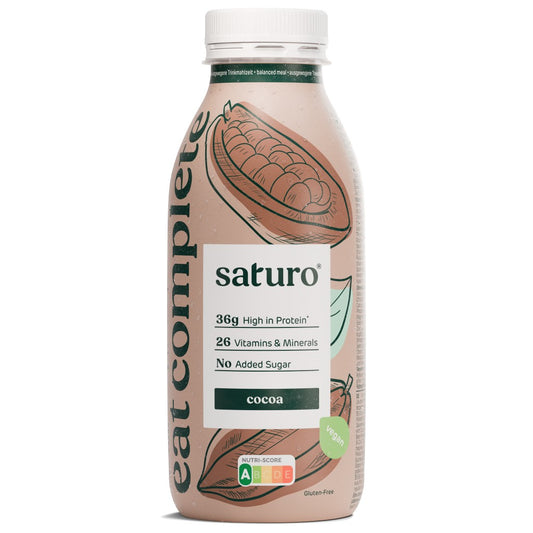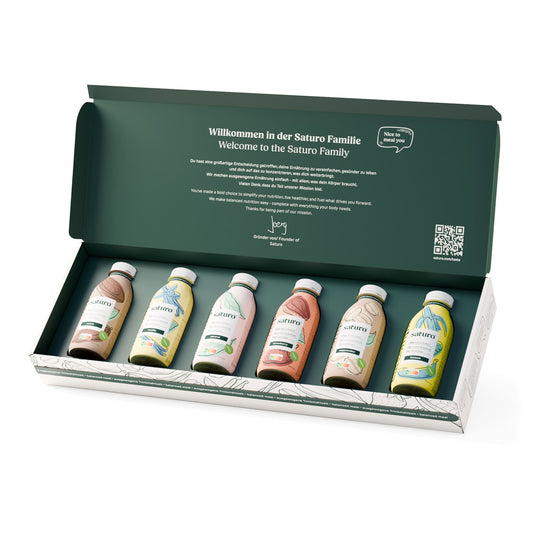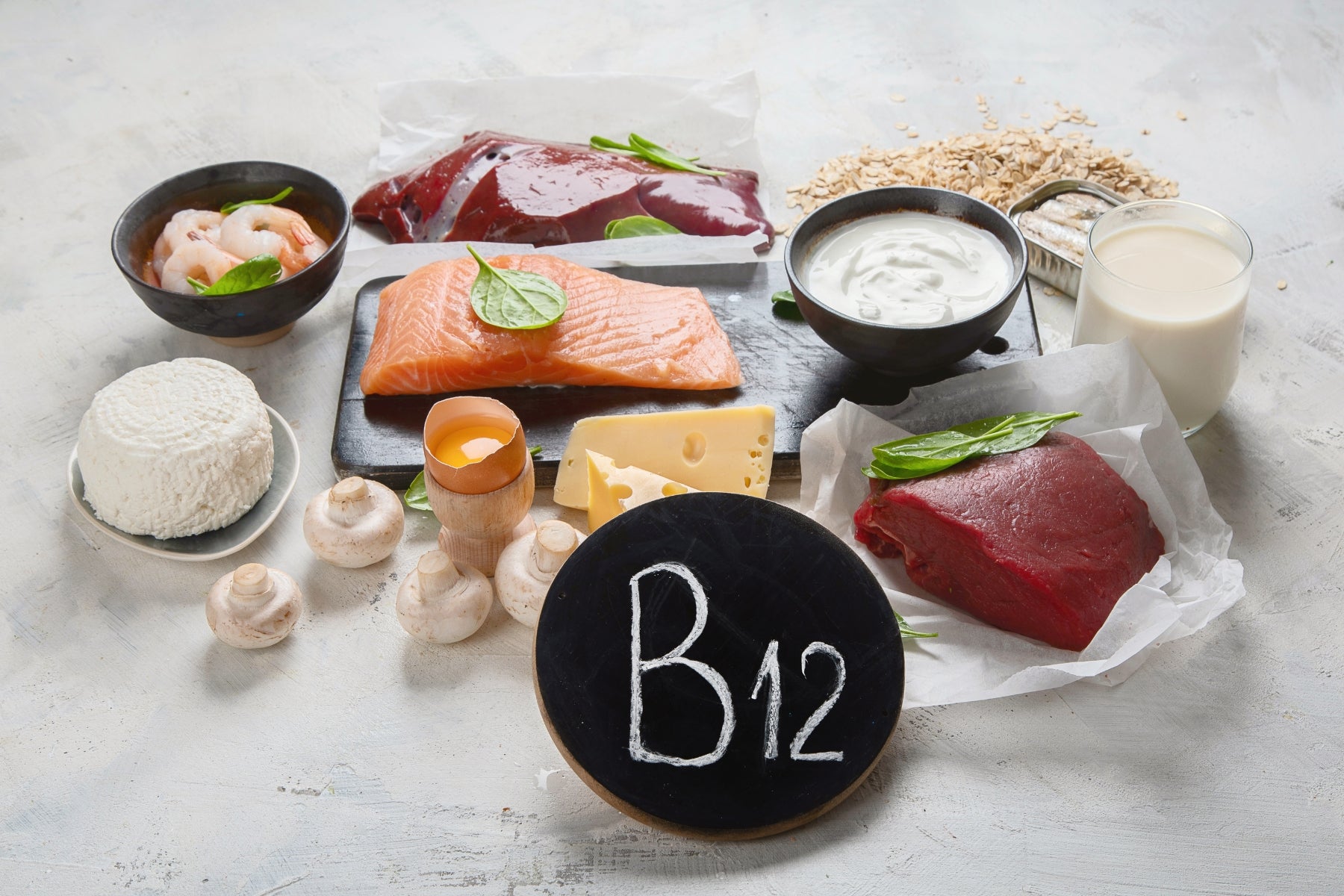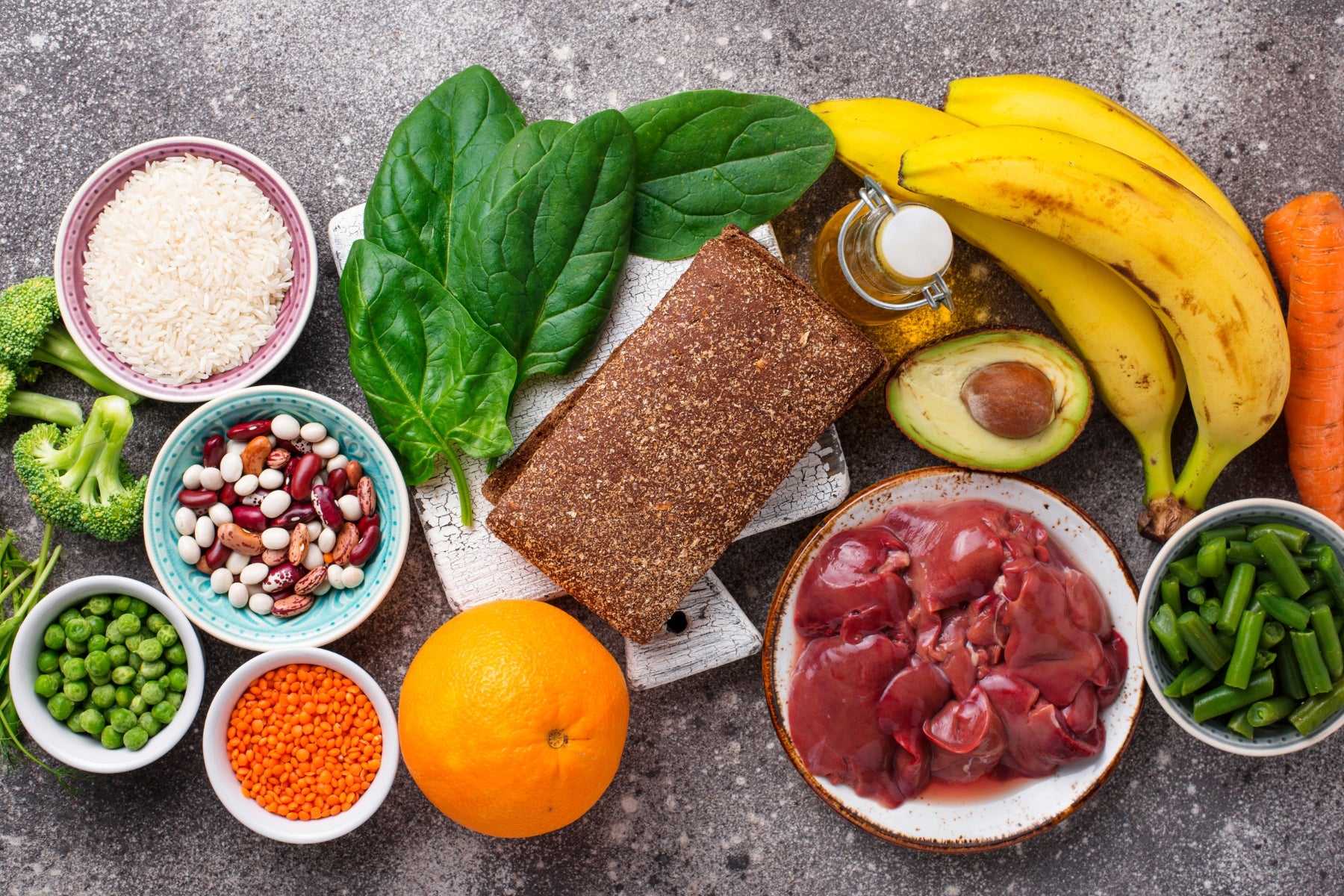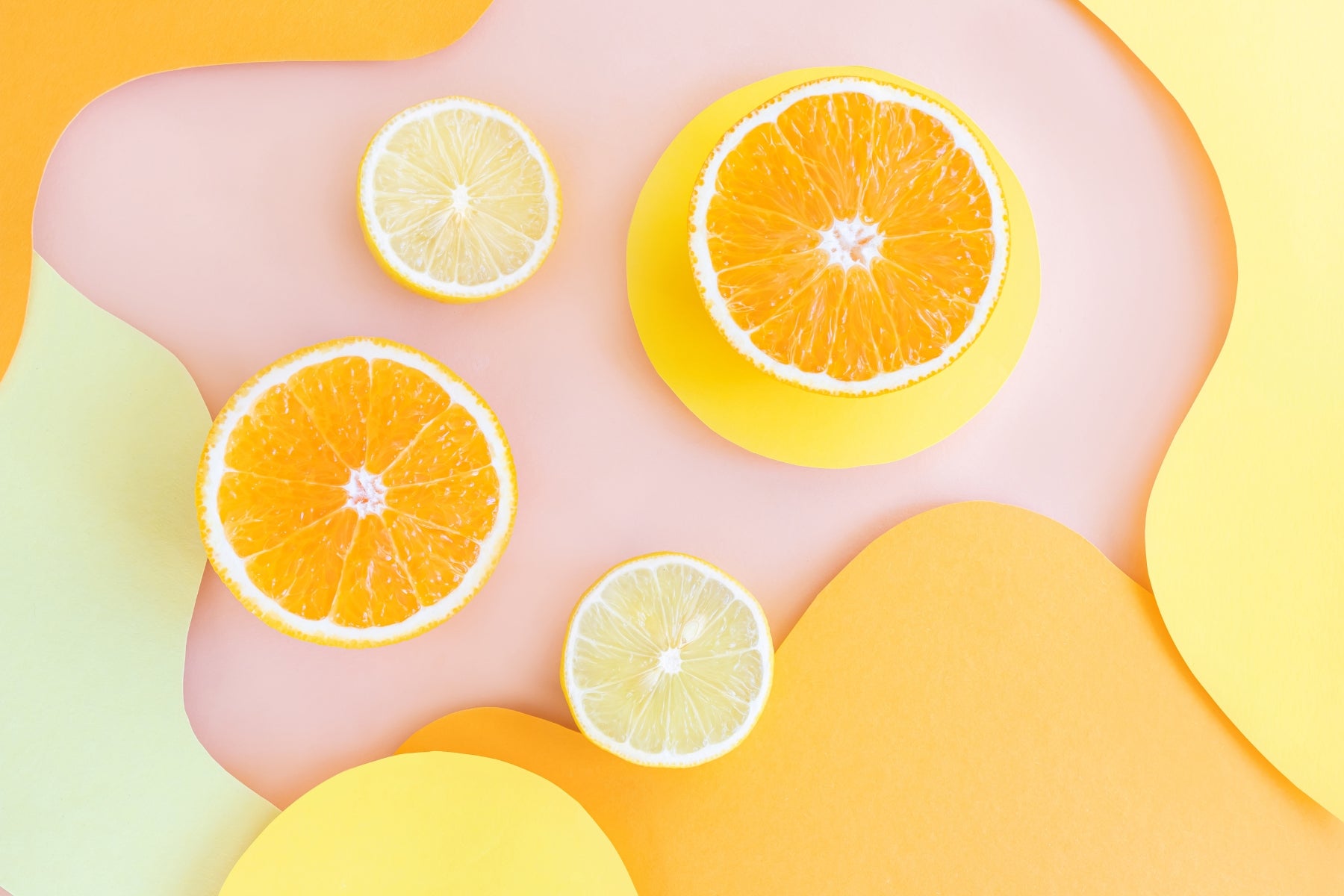Contents
1
What is vitamin A deficiency and how much vitamin A do you need every day?
2
Vitamin A deficiency symptoms
3
Causes of vitamin A deficiency
4
Vitamin A in food
Vegan vitamin A sources
Animal vitamin A sources
Drinking meals against vitamin A deficiency
Contents
1
What is vitamin A deficiency and how much vitamin A do you need every day?
2
Vitamin A deficiency symptoms
3
Causes of vitamin A deficiency
4
Vitamin A in food
Vegan vitamin A sources
Animal vitamin A sources
Drinking meals against vitamin A deficiency
Vegan vitamin A sources
| Vegan vitamin A sources | Vitamin A content per 100 g |
|---|---|
| 1. Sweet potato (baked) | 961 μg |
| 2. Carrots (cooked) | 852 μg |
| 3. Apricotes (dried) | 633 μg |
| 4. Pak Choi (raw) | 618 μg |
| 5. Butternusskürbis (baked) | 558 μg |
| 6. Spinat (raw) | 469 μg |
| 7. Roman salad (raw) | 436 μg |
| 8. Kale (cooked) | 380 μg |
| 9. Garden cress (raw) | 346 μg |
| 10. Wances chard (cooked) | 306 μg |
Animal vitamin A sources
| Animal vitamin A sources | Vitamin A content per 100 g |
|---|---|
| 1. Lamb liver (fried) | 7782 μg |
| 2. Cattle liver (fried) | 7744 μg |
| 3. Braunschweig Schweinelberwurst | 4220 μg |
| 4. EAL (cooked) | 1137 μg |
| 5. Thuna (cooked) | 757 μg |
| 6. Butter | 684 μg |
| 7. Hart (cheese cheese | 486 μg |
| 8 | 411 μg |
| 9. Egg yolk (raw) | 381 μg |
| 10. Cheddar | 337 μg |

